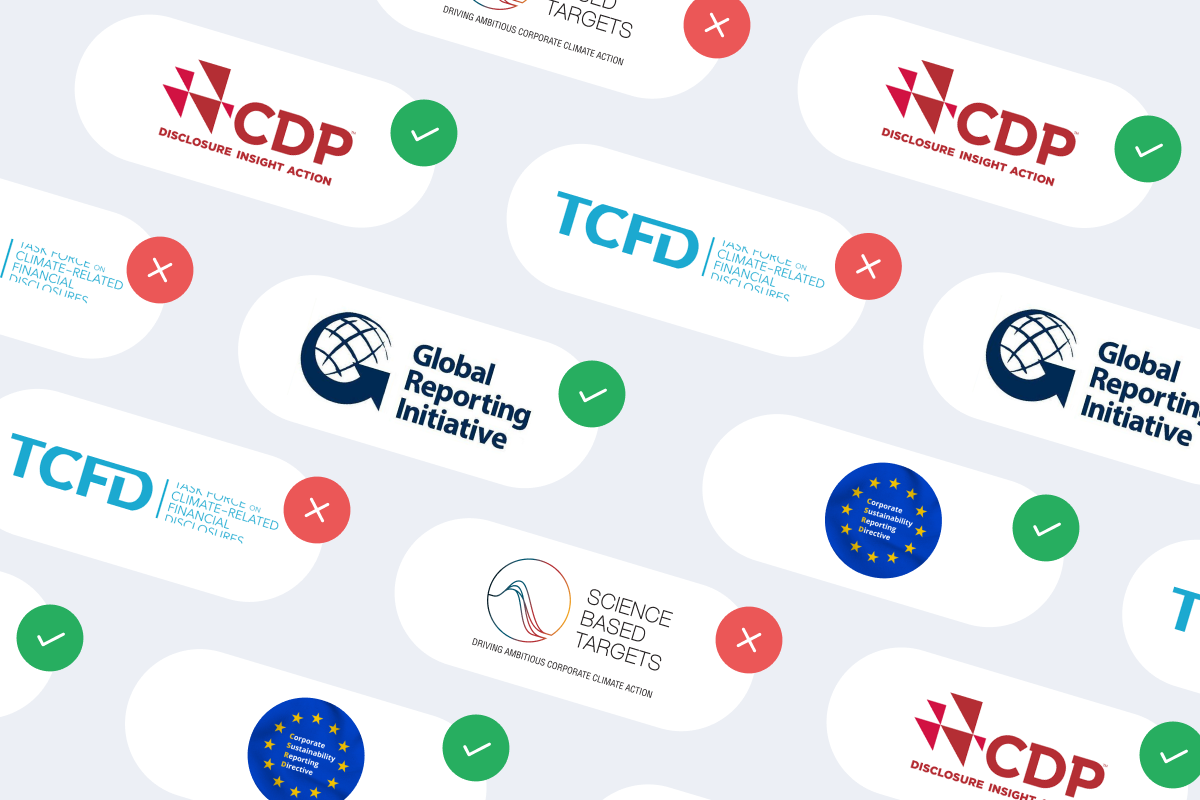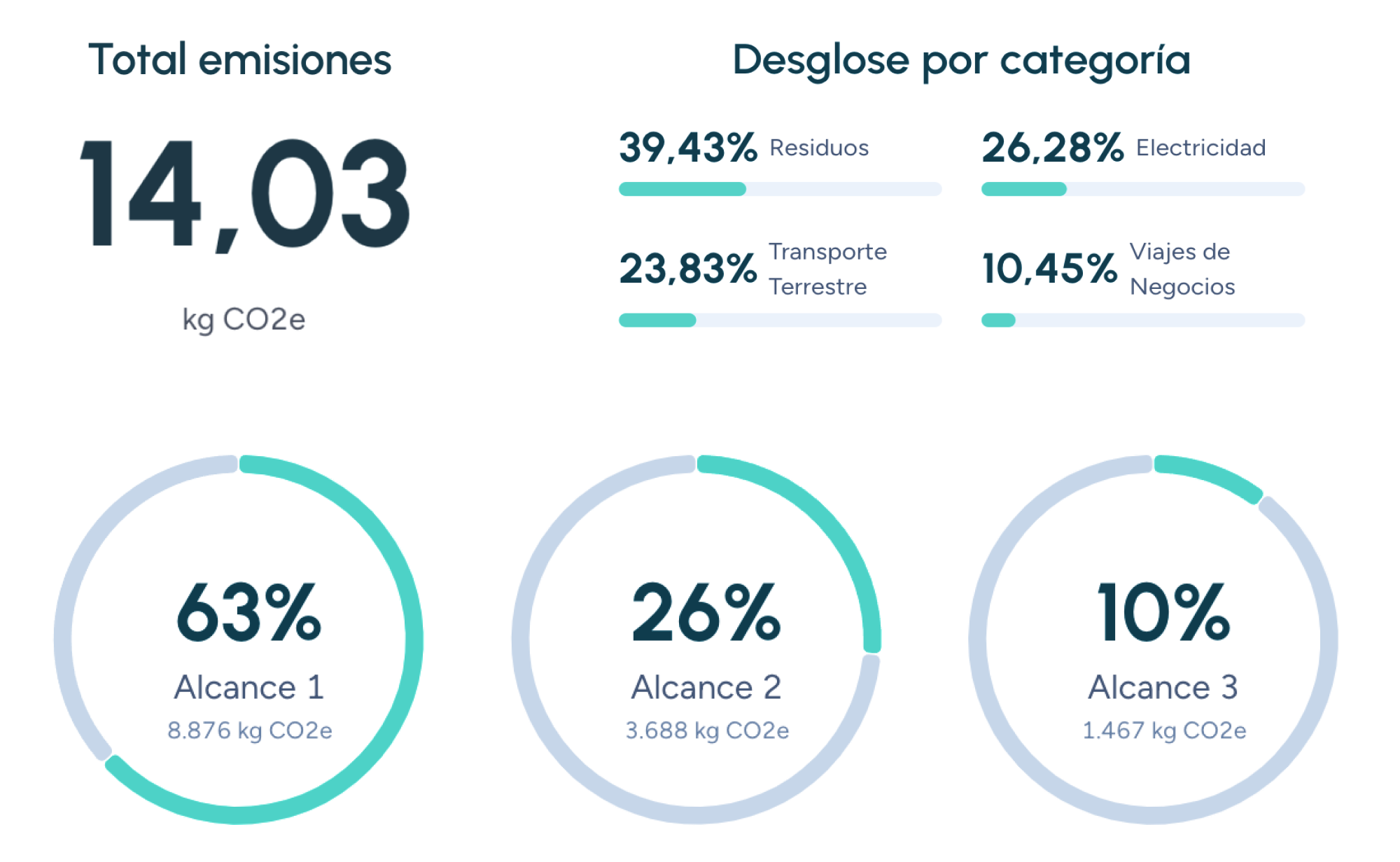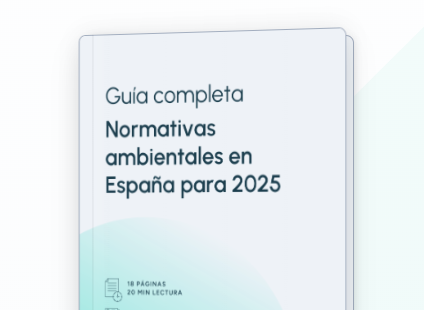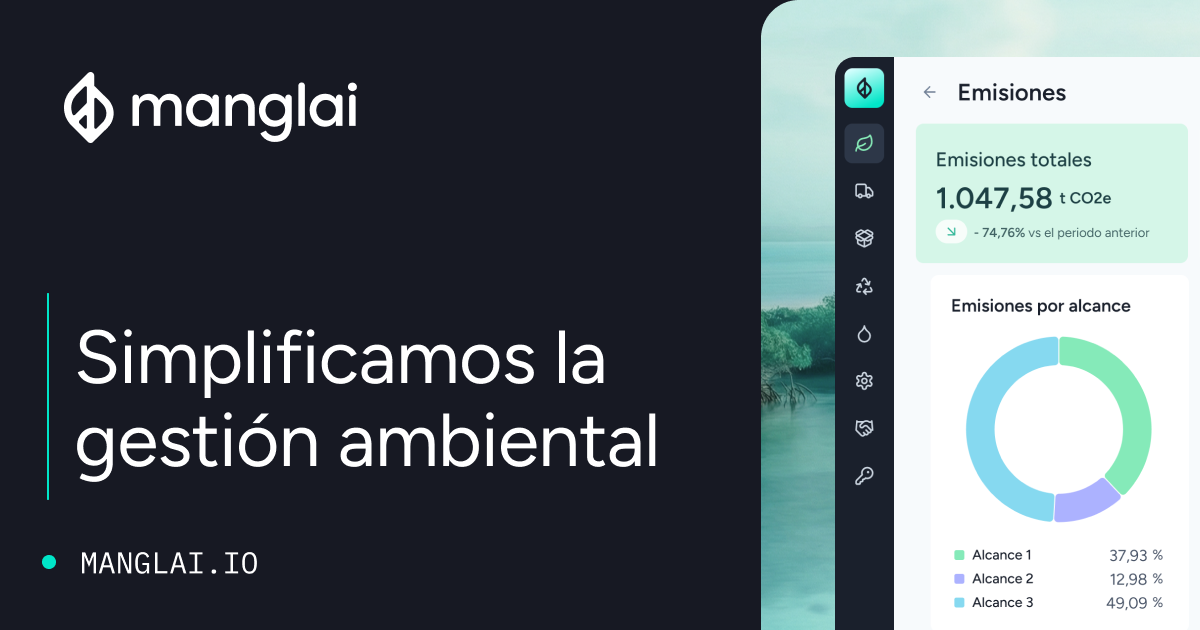K
Kyoto Protocol
The Kyoto Protocol is one of the most significant international agreements in the fight against climate change. Adopted in 1997 in the Japanese city of Kyoto, this treaty established legally binding commitments for industrialized countries to reduce greenhouse gas (GHG) emissions. Its importance lies in being the first global agreement to recognize the need for coordinated action to mitigate climate change.
What is the Kyoto Protocol?
The Kyoto Protocol is an international agreement adopted on December 11, 1997, during the third Conference of the Parties (COP3) of the United Nations Framework Convention on Climate Change (UNFCCC). It entered into force on February 16, 2005, after ratification by enough countries representing at least 55% of global GHG emissions.
The treaty established specific emission reduction targets for 37 industrialized countries and the European Union, acknowledging that these nations bear greater historical responsibility for emissions due to their industrial development.
Main objectives of the Kyoto Protocol
The primary goal of the Kyoto Protocol was to reduce global greenhouse gas emissions by an average of 5% compared to 1990 levels during its first commitment period (2008-2012). This target was based on the need to limit global temperature rise and mitigate the adverse effects of climate change.
The main regulated greenhouse gases include:
- Carbon dioxide (CO₂)
- Methane (CH₄)
- Nitrous oxide (N₂O)
- Hydrofluorocarbons (HFCs)
- Perfluorocarbons (PFCs)
- Sulfur hexafluoride (SF₆)
These gases contribute to the greenhouse effect, which traps heat in the atmosphere and accelerates global warming.
How does the Kyoto Protocol work?
The Kyoto Protocol established specific mechanisms to help countries meet their emission reduction targets efficiently and flexibly. These mechanisms include:
1. Emissions trading
Commonly known as the "carbon market", this mechanism allows countries that reduce emissions beyond their targets to sell carbon credits to those who have not met their commitments. This encourages cost-effective emission reductions.
2. Clean Development Mechanism (CDM)
The CDM enables industrialized countries to invest in emission reduction projects in developing nations in exchange for carbon credits. These projects include initiatives such as renewable energy installations or energy efficiency improvements.
3. Joint Implementation (JI)
This mechanism allows industrialized countries to collaborate on emission reduction projects within their territories or in other industrialized nations. The credits generated are shared among the participating countries.
Impact of the Kyoto Protocol on carbon footprint measurement
The Kyoto Protocol played a fundamental role in establishing global standards for measuring and managing carbon emissions. As a result of this agreement, methodologies such as the GHG Protocol were developed, providing a framework for calculating emissions across Scopes 1, 2, and 3. This approach is essential for businesses and governments to assess their full environmental impact.
Criticism and limitations of the Kyoto Protocol
Despite its achievements, the Kyoto Protocol faced significant challenges and criticisms:
1. Exclusion of developing countries
The protocol did not impose binding targets on developing countries such as China and India, despite their growing emissions, leading to imbalances in shared responsibility.
2. Withdrawal of key countries
In 2001, the United States—one of the world’s largest carbon emitters—withdrew from the agreement, arguing that it harmed its economy and did not require commitments from developing nations.
3. Limited effectiveness
The global impact of the Kyoto Protocol has been questioned, as emissions continued to rise during its implementation. This led to the creation of subsequent agreements, such as the Paris Agreement (2015).
Legacy and current relevance of the Kyoto Protocol
Despite its limitations, the Kyoto Protocol laid the groundwork for more ambitious climate agreements. Its market-based mechanisms and international cooperation framework influenced later initiatives, such as the Paris Agreement, which aims to limit global temperature rise to 1.5°C above pre-industrial levels.
Today, the legacy of the Kyoto Protocol remains relevant, especially in the global transition toward low-carbon economies.
Manglai’s commitment to the Kyoto Protocol
The Kyoto Protocol was a milestone in the fight against climate change, establishing binding commitments for GHG emission reductions. While it faced criticism, its impact on global standards and carbon market mechanisms was significant.
In a world where climate action is more urgent than ever, tools like Manglai play a crucial role by facilitating the calculation, management, and reduction of carbon footprints. By adopting advanced technologies and aligning with international agreements, businesses can contribute effectively to a sustainable future.
Companies that trust us

"Polluter Pays" principle
The "polluter pays" principle establishes that those responsible for pollution must bear the costs of their actions, promoting sustainability and environmental justice within the current legal and business framework.
Climate Change and Energy Transition Law 7/2021
The Climate Change and Energy Transition Law 7/2021 establishes a legal framework in Spain to reduce greenhouse gas emissions and promote sustainability, playing a key role in measuring and managing corporate carbon footprints.
Guiding businesses towards net-zero emissions through AI-driven solutions.
© 2025 Manglai. All rights reserved
Política de Privacidad


